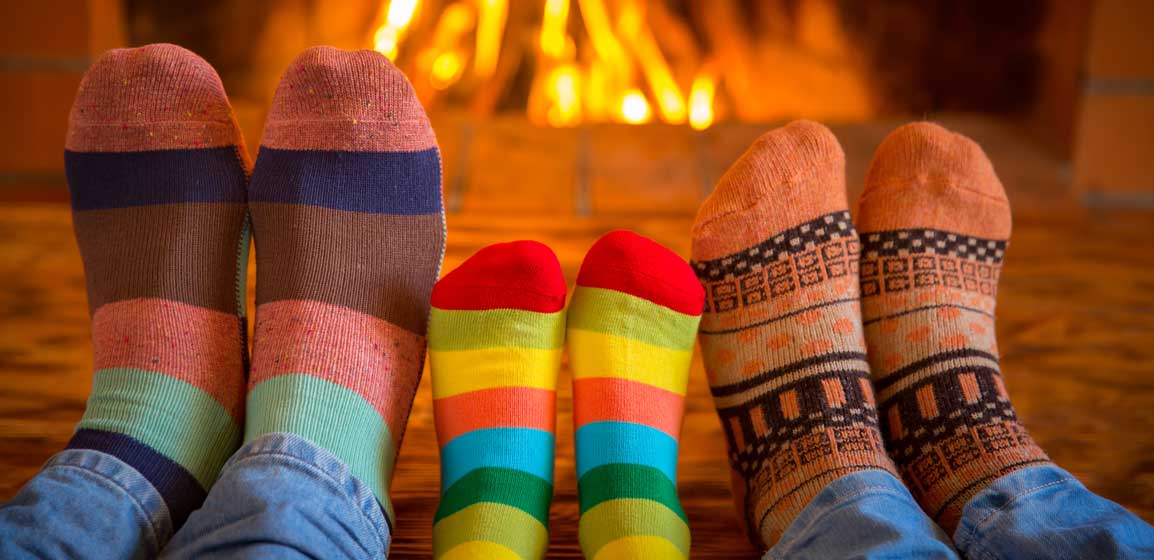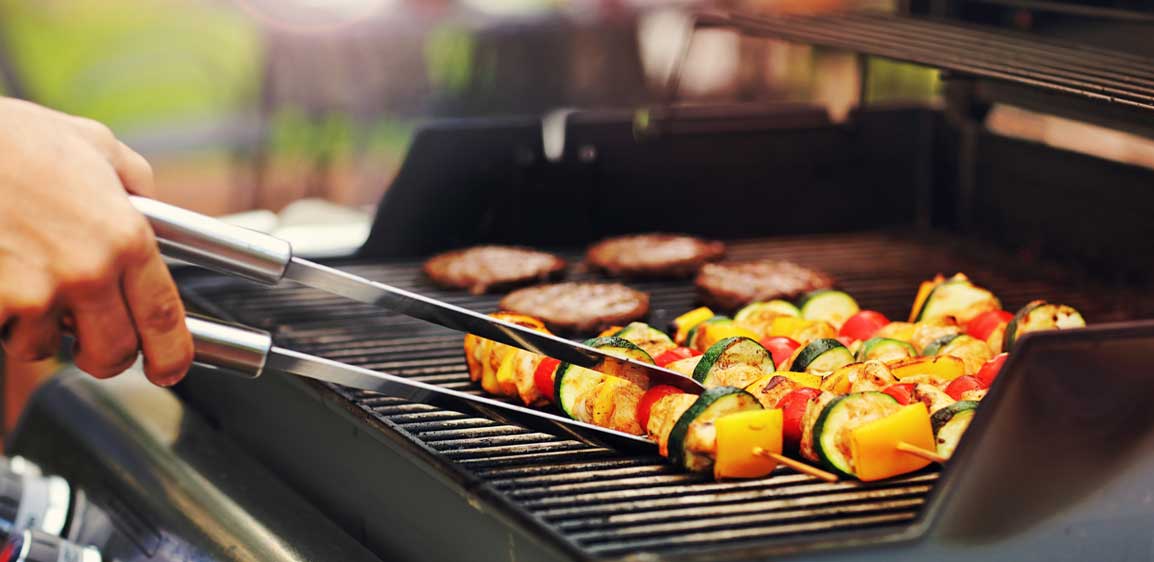Keep the Heat: Energy Efficiency for Your Fireplace
A fireplace can create a cozy environment and help warm up your space in winter. But be aware: it can also waste energy by letting out valuable heat. See these tips below to reduce heat loss from your fireplace.
- Close your fireplace damper unless a fire is burning. An open damper, like an open window, just allows warm air to flow out the chimney.
- When using the fireplace, open dampers in the bottom of the firebox (if provided), or open the nearest window – about one inch. Close doors leading into the room, and set your thermostat between 50° and 55°F.
- Install tempered glass doors in your fireplace, as well as a heat-air exchange system, which blows warmed air back into the room.
- Make sure the seal on the fireplace flue damper is as snug as possible.
- Use grates made of C-shaped metal tubes, which draw cool air from the room into the fireplace and then circulate warm air back into the room.
- Add caulking around the fireplace hearth.
- If you never use your fireplace, plug and seal the chimney flue.
For gas fireplaces specifically:
- If there’s a ceiling fan in the same room as the fireplace, switch the fan to turn clockwise, which will redistribute the rising heat through the room – and require a lower flame.
- Adjust the flame size for adequate warmth, preferably not the highest setting, to maintain comfort over a longer period of time and save energy.
- Ensure your flue and vents all function properly, for adequate ventilation and effectiveness.
- Have your fireplace professionally cleaned at least once a year so it will perform efficiently.
Sources: Energy.gov; Nationwide.
Save energy and money -- check out ETG Energy Efficiency programs available exclusively for ETG customers.





